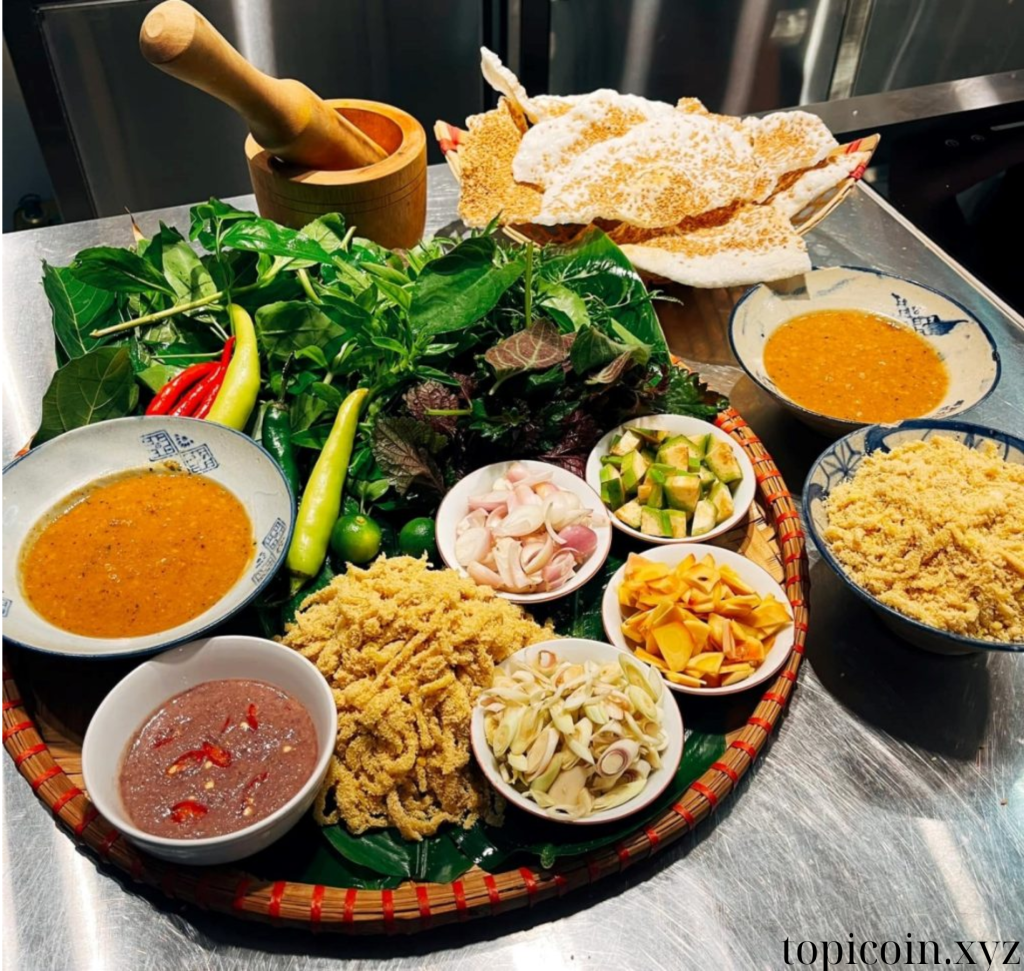Traveling through different regions isn’t just about seeing new sights; it’s about tasting the unique flavors that define each area. Regional specialties offer a delicious way to connect with local culture, heritage, and traditions. Each dish tells a story, reflecting the history, geography, and agriculture of the region. From hearty stews in the mountains to fresh seafood along the coast, these regional dishes provide a true taste of place.
Key Highlights
- Mountain Cuisine: Hearty, rustic dishes that warm you up in cold climates.
- Coastal Delights: Fresh seafood and light flavors influenced by the sea.
- Tropical Flavors: Bright, vibrant fruits and spices that bring warmth to the plate.
- Urban Food Scenes: Innovative and diverse dishes shaped by modern city life.
- Countryside Traditions: Classic, slow-cooked meals passed down through generations.
Table of Contents
ToggleMountain Cuisine: Hearty and Warming
The Experience: Mountain cuisine is known for its heartiness, designed to fuel people through cold winters and long days of physical labor. Ingredients like potatoes, root vegetables, meats, and cheeses are commonly used to create filling, comforting dishes. In the Alps, for example, dishes like fondue and raclette make use of rich, melted cheese, while in the Andes, locro (a thick soup made with potatoes, corn, and beans) is a favorite.
Why It’s Memorable: These dishes are packed with flavor and comfort, making them the perfect meal after a day of exploring rugged landscapes. The simplicity of the ingredients is often elevated by traditional cooking techniques passed down through generations.
Top Regions: Alps (Switzerland, France, Italy), Andes (Peru, Argentina, Bolivia), Rockies (USA, Canada).
Coastal Delights: Fresh from the Sea
The Experience: Coastal regions are known for their fresh seafood dishes, with flavors that reflect the sea’s bounty. Coastal specialties vary depending on the ocean or sea they’re near, but you can always expect the freshest ingredients. In the Mediterranean, paella (Spain) and bouillabaisse (France) showcase local seafood in beautifully spiced dishes. Along the coasts of Japan, you’ll find sashimi and sushi made from the freshest fish, while New England in the USA is famous for clam chowder and lobster rolls.
Why It’s Memorable: The freshness of the seafood, combined with the local herbs, spices, and cooking techniques, makes coastal cuisine vibrant and light. Eating these dishes by the water, often with a stunning view, makes the experience even more special.
Top Regions: Mediterranean (Italy, Spain, Greece), Coastal Japan, New England (USA), Southeast Asia (Thailand, Vietnam).
Tropical Flavors: Fruits and Spices
The Experience: In tropical regions, cuisine bursts with color and flavor, drawing on an abundance of fresh fruits, vegetables, and spices. Dishes are often light and refreshing, perfect for hot weather. Caribbean cuisine, for example, blends African, European, and Indigenous influences, with dishes like jerk chicken and roti. In Southeast Asia, you’ll find an incredible variety of tropical flavors, from the tangy sweetness of mango sticky rice to the spicy complexity of green papaya salad.
Why It’s Memorable: Tropical cuisine is a feast for the senses, offering a bold mix of flavors that can range from spicy and tangy to sweet and savory. The use of fresh herbs like cilantro, lemongrass, and mint adds brightness to every bite.
Top Regions: Caribbean (Jamaica, Trinidad, Puerto Rico), Southeast Asia (Thailand, Vietnam, Philippines), Central America (Costa Rica, Panama).
Urban Food Scenes: Innovation and Diversity
The Experience: In large cities around the world, food scenes are defined by creativity and diversity. Chefs blend traditional techniques with modern innovations to create exciting, new dishes. In cities like New York, Tokyo, and London, you’ll find everything from high-end fusion restaurants to creative street food vendors offering a melting pot of flavors. Think of dishes like ramen burgers in Tokyo, or bao in London—unique combinations that reflect global influences.
Why It’s Memorable: Urban food scenes push the boundaries of traditional cuisine, offering new ways to experience food. Whether it’s a pop-up restaurant or a food truck festival, the dynamic energy of city dining is unlike anything else.
Top Regions: New York City (USA), Tokyo (Japan), London (UK), Mexico City (Mexico), Seoul (South Korea).
Countryside Traditions: Slow-Cooked Comfort
The Experience: In rural areas, cuisine is often centered around slow-cooked, hearty meals that reflect the agricultural lifestyle. These dishes take time to prepare, with recipes that have been passed down through families for generations. In rural France, coq au vin (chicken stewed in wine) is a classic, while in Italy, slow-cooked ragu and risotto showcase regional produce. In Southern USA, barbecue and gumbo are symbols of comfort and tradition.
Why It’s Memorable: Countryside food is all about warmth, comfort, and tradition. It’s food that nourishes both body and soul, offering a deep connection to the land and the people who farm it. Eating these dishes in rural settings, surrounded by nature, adds to the experience.
Top Regions: Tuscany (Italy), Provence (France), Southern USA, Argentina (Patagonia).
Conclusion
Exploring regional specialties is a journey through history, culture, and flavor. Each dish reflects the unique characteristics of its region, from the mountains to the coasts, the tropics to the cities. Whether you’re indulging in fresh seafood by the sea, enjoying a comforting stew in the mountains, or sampling vibrant street food in a bustling city, these regional specialties create unforgettable culinary memories that are deeply tied to place.
FAQ
What makes regional specialties unique? Regional specialties are deeply rooted in the local culture, history, and geography of a place. The ingredients, cooking methods, and flavors reflect the area’s natural resources and traditions.
How do mountain and coastal cuisines differ? Mountain cuisines tend to be hearty and warming, with rich flavors and ingredients like meats, cheeses, and potatoes, while coastal cuisines emphasize fresh seafood and lighter, more refreshing flavors.
What are some must-try tropical dishes? Tropical regions offer a variety of vibrant dishes, including jerk chicken from the Caribbean, green papaya salad from Southeast Asia, and tropical fruit-based desserts like mango sticky rice.
How do urban food scenes influence global cuisine? Urban food scenes are hubs of innovation and diversity, often blending traditional techniques with modern twists to create exciting and unique dishes that reflect global influences.
What’s the best way to experience countryside cuisine? To truly experience countryside cuisine, visit rural areas where dishes are slow-cooked, made with local ingredients, and deeply connected to the land and agricultural traditions of the region.

